7 famous Soviet geeks
Categories: Children
By Pictolic https://pictolic.com/article/7-famous-soviet-geeks.htmlThe Soviet school was considered one of the best. Here, both techies and humanitarians had the opportunity to develop in many ways. Soviet prodigies became a sensation all over the world.
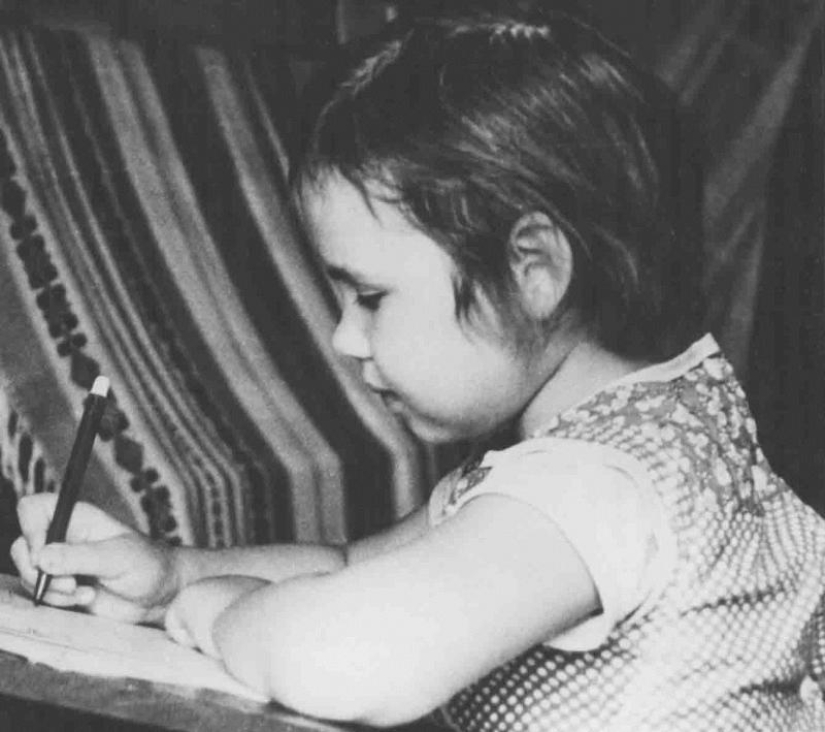
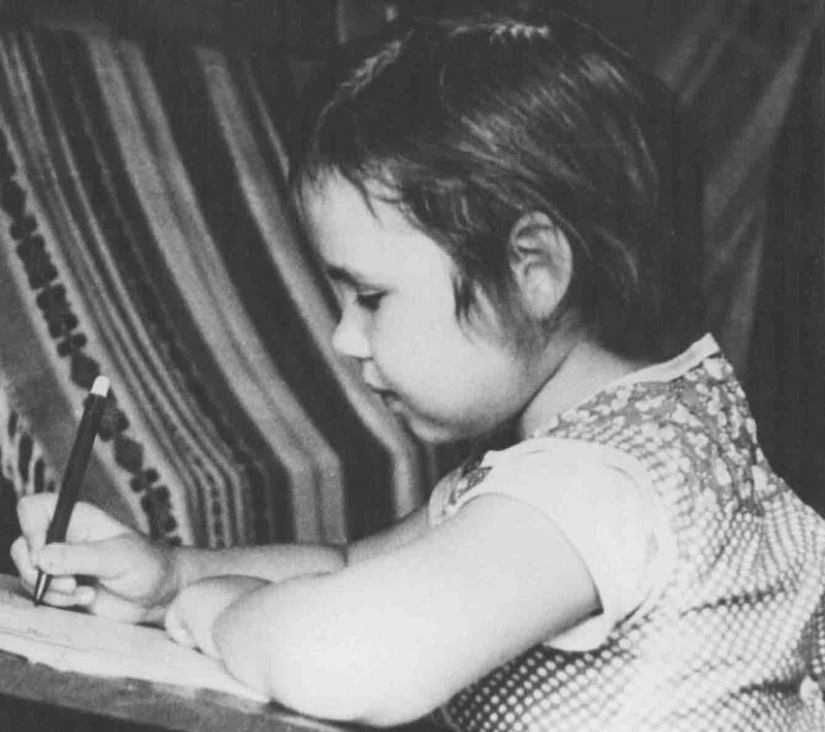
Lev Landau
Relatives familiarly called the great physicist-Daunka. Especially funny because Landau was a child prodigy. At the age of 14, he graduated from high school and entered two faculties of Baku University at the same time — Physics and Mathematics and Physics. At the age of 18, he published his first scientific work, becoming a freelance graduate student at the Leningrad Institute of Physics and Technology, and at the age of 21, he went to train with Niels Bohr.
To mature age, he did not waste his talent. His legacy is extensive, his works have become classics, and his phrases have become aphorisms. Landau called himself a proletarian of intellectual labor. In 1962, he received the Nobel Prize in Physics, which was awarded to him, contrary to protocol, in a hospital room, where he found himself after a car accident.
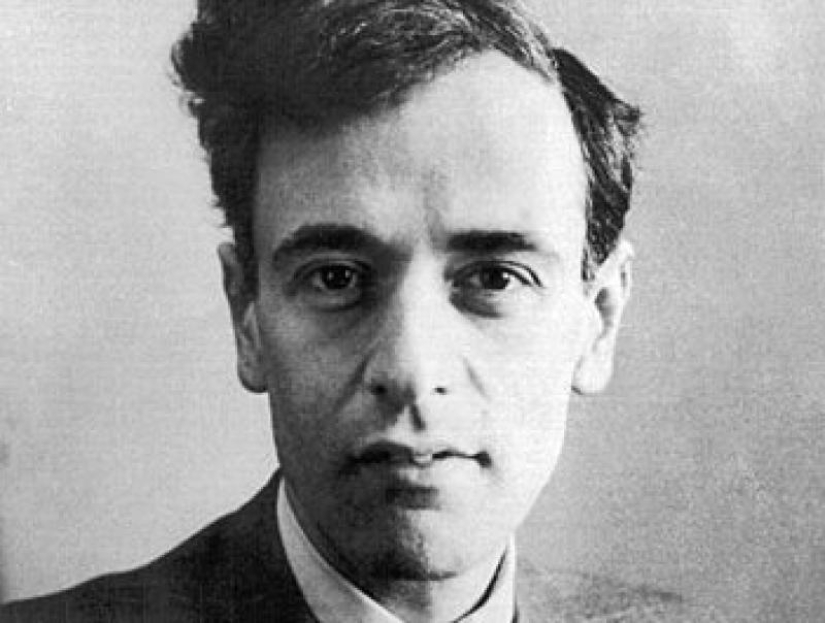
Alexander Dvorak
"A pronounced inclination to natural sciences and an extraordinary memory" of the boy was noted by all teachers: Alexander mastered two years of the school program in a year. At the age of 12, he graduated from high school and became a student of the Faculty of Mechanics and Mathematics of Kiev University. His sister Tatiana was not inferior in abilities to Alexander-at the age of 13, she entered the Mehmat. Now it is unknown how the fate of the outstanding teenager Alexander Dvorak developed.
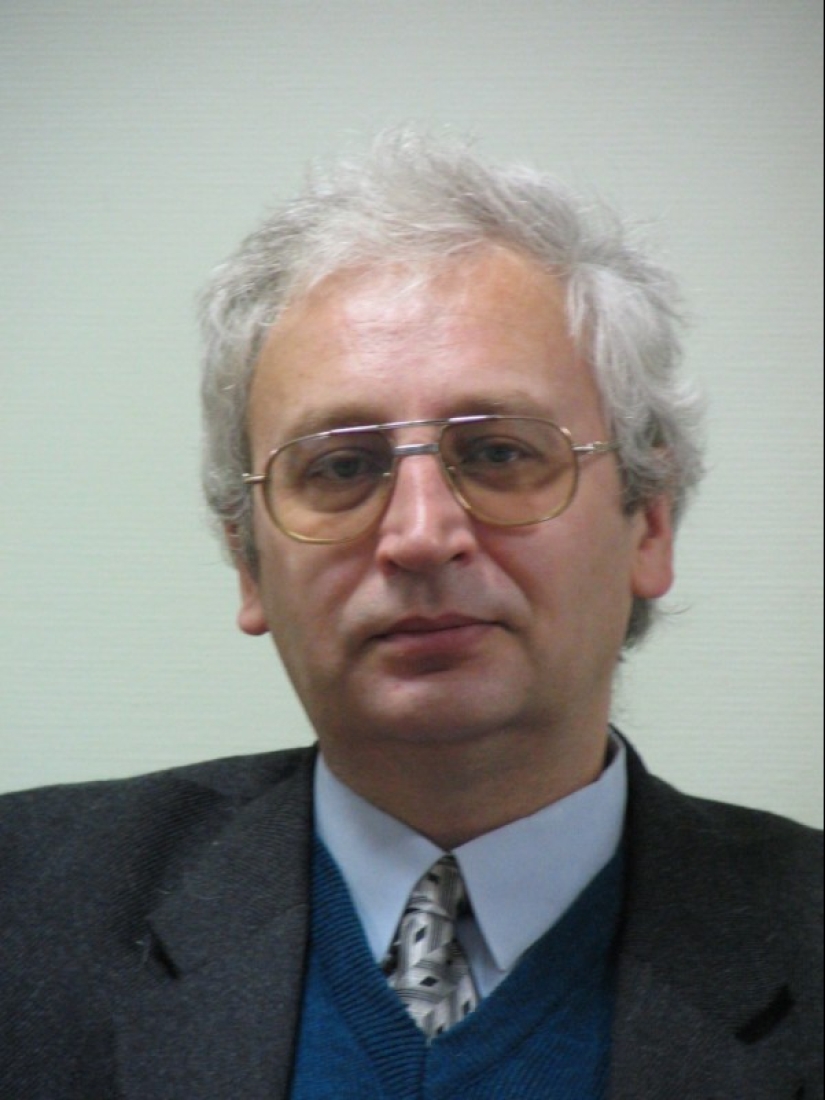
Ilya Frolov (not Ilya Frolov is depicted in the photo)
Ilya was the youngest student at Kuibyshev University in 1970. At that time, he was 14 years old. Of all the applicants, he was the only one who got excellent results in all the exams. At the time of admission, he was already familiar with higher mathematics. But soon he was lost among the other students.
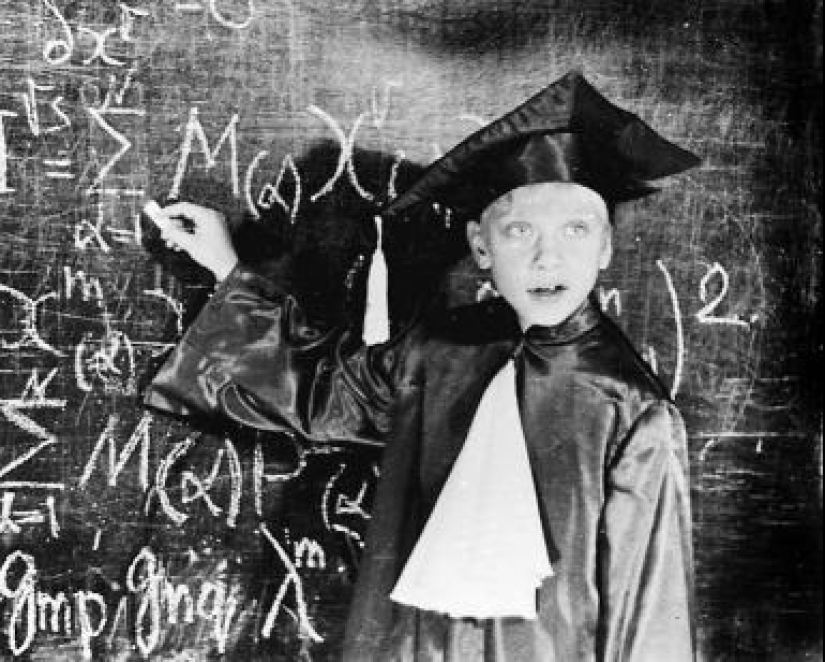
Konstantin Slavin
Konstantin's genius manifested itself at an early age: he went to school earlier, studied under an accelerated program and preferred to take exams externally. He graduated from high school at the age of 12 and entered the Azerbaijan State Medical Institute, which he also graduated from on an accelerated basis.
After that, Konstantin Slavin moved to Moscow, where he was engaged in scientific activities and simultaneously worked at the Botkin Hospital. After the collapse, he was invited to the United States. He now heads the Russian-American Medical Association and successfully continues his career in medicine.
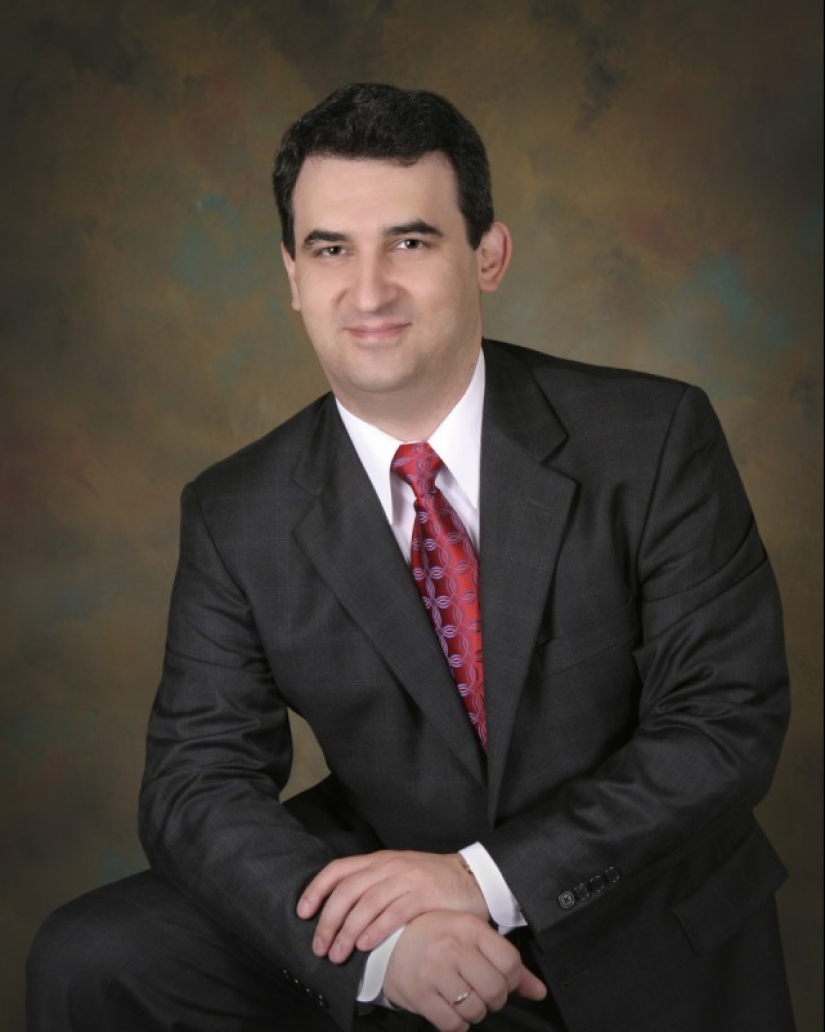
Sasha Putra
Sasha started drawing at the age of three and in her short life managed to create more than two thousand paintings. Of the 11 years of her life, six of her struggled with leukemia. "When I grow up big, I will definitely become an artist and will paint from morning to night. Even at night, " Sasha Putra said when she was very young. She painted landscapes, portraits, and animals.
"I was literally stunned by one of the very first works of Sashenka, which, unfortunately, has not been preserved," recalled the father of the little artist. — Once we read the memoirs of Pushkin's friends at the lyceum and found out that they called him a Cricket among themselves. This made Sashenka laugh, and within fifteen minutes she had drawn the poet in the guise of a cricket. I was shocked. Such a resemblance! This will not be taught in any institute."
Sasha Putra died in 1989. Her works are still discussed, and even her solo exhibitions are held.
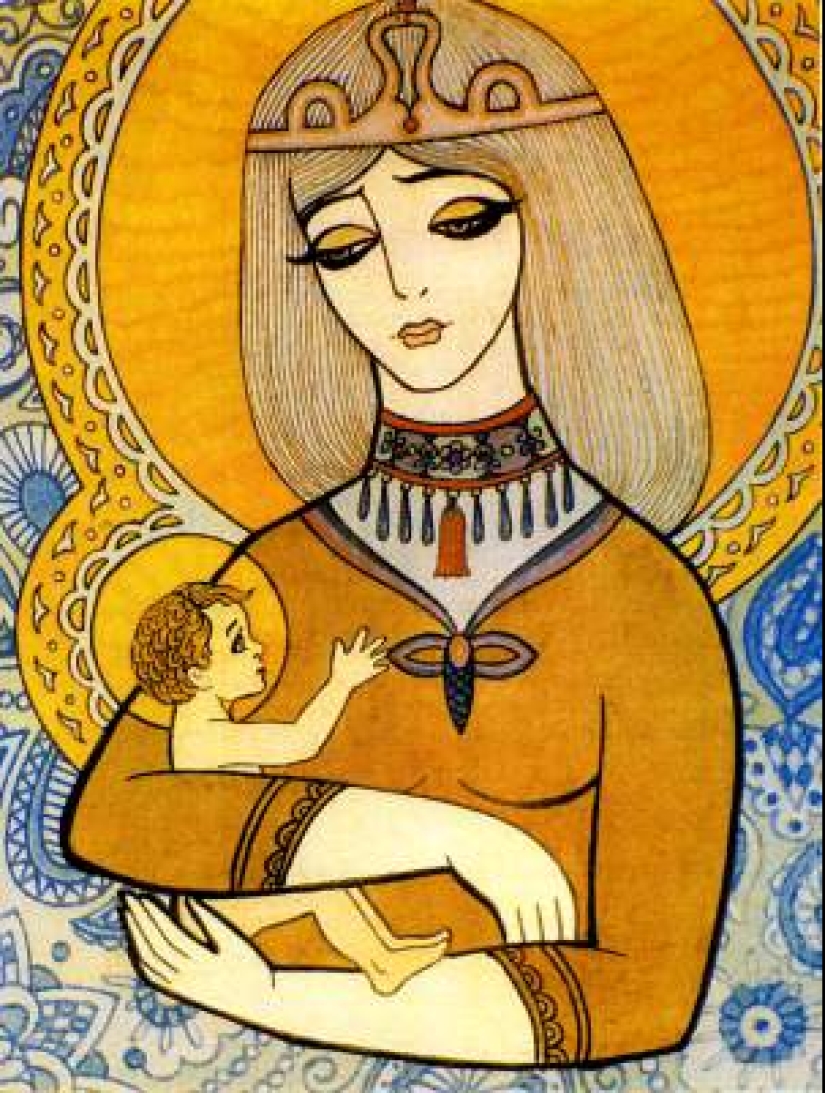
Gata Kamsky
"There has not been such a talent since the time of Kasparov!" — Soviet newspapers wrote about Gat Kamsky. The young chess player became the youngest grandmaster. At that time, he was 16 years old.
Since childhood, Gata Kamsky was ahead of his peers — at the age of two, he learned to read. In 1989, the chess player's family moved to America. The prodigy's career went up until he lost in a match with the famous Anatoly Karpov. After that, Gata Kamsky left chess, received a law degree and opened his own firm. He only returned to chess in 2004.
Now Gata Kamsky lives in Russia and oversees a children's chess school.
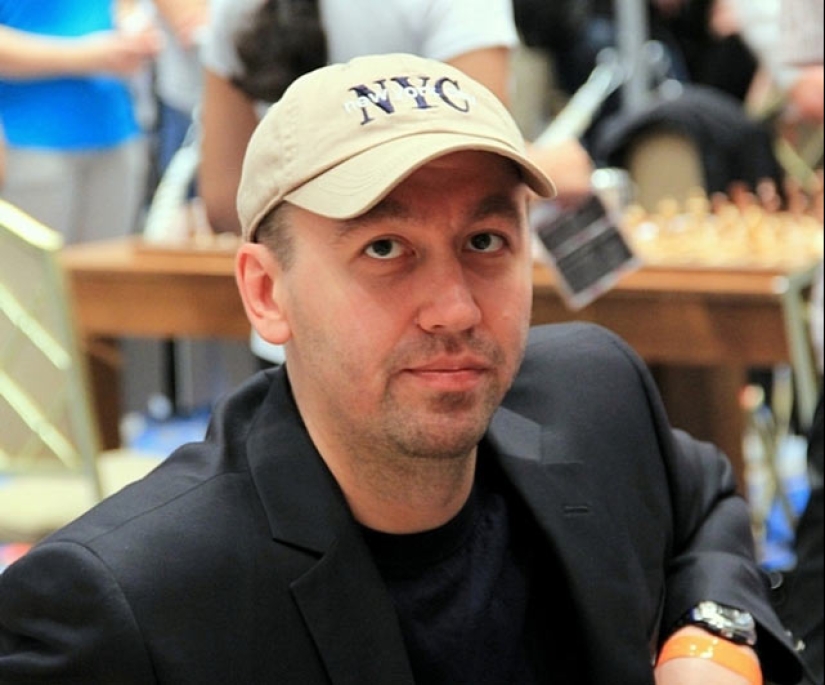
Savely Kosenko (pictured on the left)
At the age of two, Savely Kosenko learned to read, at the age of seven he compiled programs on a computer, and at the age of 10 he wrote a textbook. At the age of 11, the child prodigy became a first-year student of the Moscow Technical University and got into the Guinness Book of Records. He now lives in Canada.
In interviews with various publications, Savely talks about the difficulties that he had to face as a child: the harassment of classmates and teachers, the lack of friends and other problems.
Keywords: Russian Federation | USSR | Children | Soviet Union | Genius | Child prodigy
Post News ArticleRecent articles

Ready to let out your wildest fantasies? View that creates American digital artist Konzhe Marcus (Marcus Conge), which connects the ...

Tatiana Gavrilova, better known by her creative pseudonym TanikoGa— is a Russian artist from Shlisselburg who loves cats and ...
Related articles

A wrinkled forehead, a toothless mouth, frowning brows or, conversely, a happy smile and the absence of hair or their rare ...

The beginning of the XX century is a very vague time. The lower classes, as Comrade Lenin later wrote, could no longer, while the ...

What comes to mind when you mention St. Petersburg? Naturally, the unique architecture, the dank weather and the culture that this ...

Among the indigenous people of New Zealand, the Maori, tattoos were an integral part of their culture. All representatives of this ...